Eugenio Cajés Also known as Eugenio Cascese, Caxiesi, Cagés, Caxés (1575-1634)
Get a Cajés Certificate of Authenticity for your painting (COA) for your Cajés drawing.
For all your Cajés artworks you need a Certificate of Authenticity (COA) in order to sell, to insure or to donate for a tax deduction.
Getting a Cajés Certificate of Authenticity (COA) is easy. Just send us photos and dimensions and tell us what you know about the origin or history of your Cajés painting or drawing.
If you want to sell your Cajés painting or drawing use our selling services. We offer Cajés selling help, selling advice, private treaty sales and full brokerage.
We have been authenticating Cajés and issuing certificates of authenticity since 2002. We are recognized Cajés experts and Cajés certified appraisers. We issue COAs and appraisals for all Cajés artworks.
Our Cajés paintings and drawings authentications are accepted and respected worldwide.
Each COA is backed by in-depth research and analysis authentication reports.
The Cajés certificates of authenticity we issue are based on solid, reliable and fully referenced art investigations, authentication research, analytical work and forensic studies.
We are available to examine your Cajés painting or drawing anywhere in the world.
You will generally receive your certificates of authenticity and authentication report within two weeks. Some complicated cases with difficult to research Cajés paintings or drawings take longer.
Our clients include Cajés collectors, investors, tax authorities, insurance adjusters, appraisers, valuers, auctioneers, Federal agencies and many law firms.
We perform Eugenio Cajés art authentication, appraisal, certificates of authenticity (COA), analysis, research, scientific tests, full art authentications. We will help you sell your Eugenio Cajés or we will sell it for you.
Eugenio Cajés was a Spanish, Mannerist painter. Cajés was exposed to his painting at an early age from his father, who was also a painter and architect. Cajés father was known as Patricio Cascese or Caxés. Cajés father worked alongside the well-known painter, Jusepe Martínez.

Commander Turned to the Right
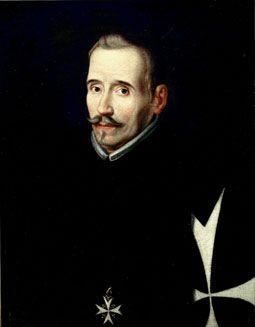
Lope de Vega
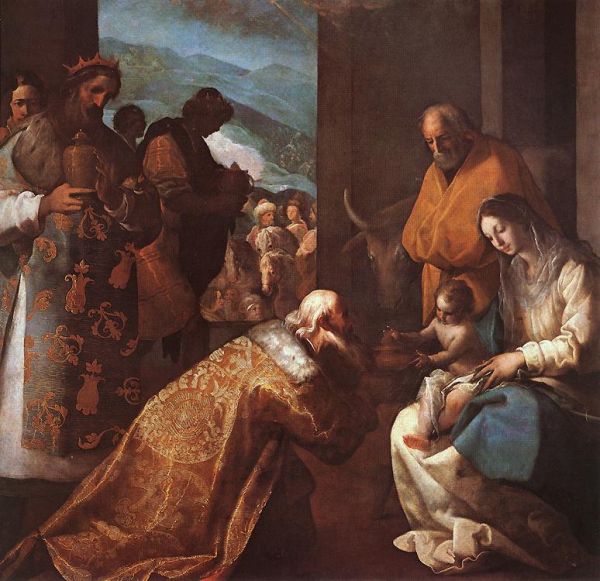
Adoration of the Magi, 1516
With so many connections to painting, Cajés quickly gained recognition for his own work. By 1602, Cajés began his career as a court painter and completed one of his masterpieces, Abrazo de San Joaquín and San Ana, which is now in the Academia de San Fernando in Madrid.
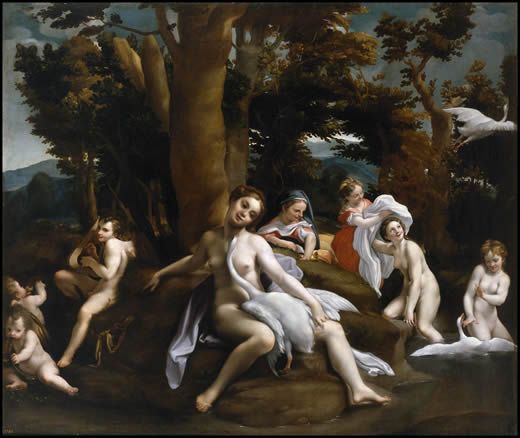
The Story of Leda
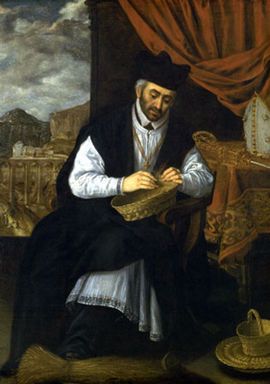
Saint Julian of Cuenca, 1600
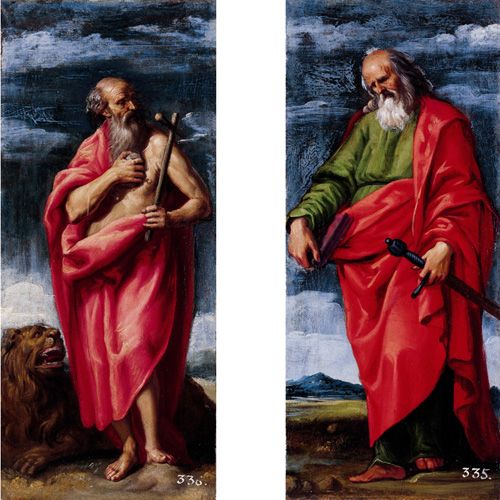
Saint Jeronimo and Saint Pablo
By 1603, Cajés was painting for King Felipe III and completing various frescoes in the Palacio de El Pardo. By 1612, Cajés was confirmed as a painter of the court.
Cajés collaborated with other artists of the time, including Vincente Carducho in completing frescoes in the Cathedral of Toledo. The two artists worked together from 1615 to 1616, learning from each others techniques.
Though Cajés spent some time in Toledo, he worked in Madrid for most of his life, executing religious and monarchial works. Around 1618 Cajés met another well-known painter, Juan Pantoja de la Cruz.
Cajés continued to receive commissions through the 1630s, including two masterpieces for the Palacio del Buen Retiro.
Cajés pupils included Luis Fernandez and Antonio de Puga. Cajés taught and practiced a method of painting influenced by Italian Naturalism and the Renaissance painters. Cajés style of painting is also reminiscent of Correggio, who is an iconic tenebrist, or painter using dramatic lighting.
Cajés paintings are now in major collections in Madrid among numerous other international collections. Do you think you own a painting by Eugenio Cajés? Contact us. We are the experts on Eugenio Cajés.
Reviews
1,217 global ratings
5 Star
4 Star
3 Star
2 Star
1 Star
Your evaluation is very important to us. Thank you.
